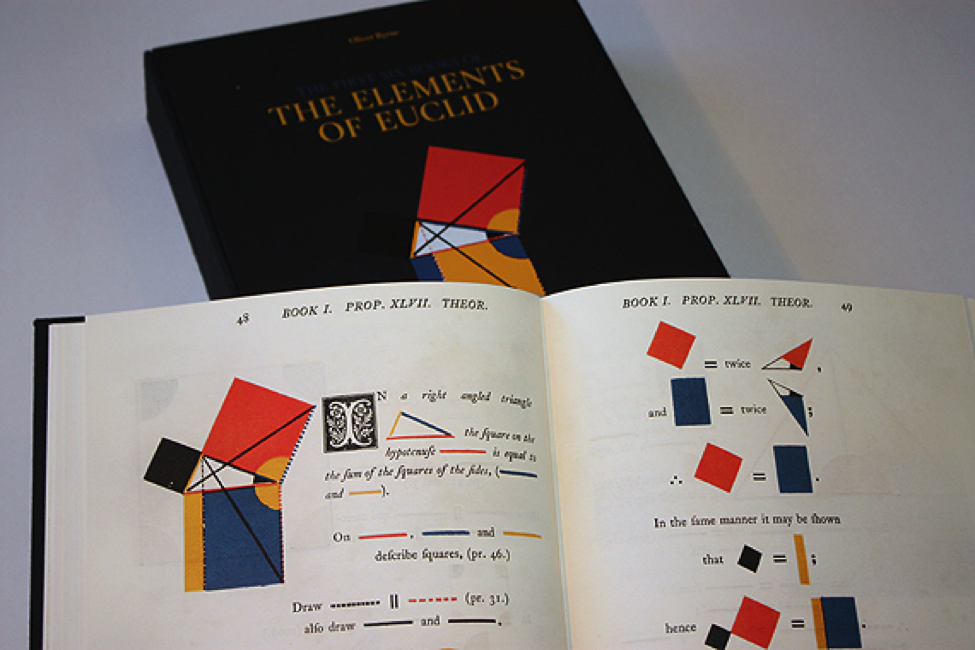
Euclid was an ancient Greek mathematician often referred to as the "father of geometry." He lived around 300 BCE in Alexandria, Egypt, during the time of Ptolemy I. Euclid's most famous work is his treatise "Elements," which is one of the most influential mathematical works in history.
Euclidean geometry is the study of geometry based on the work of the ancient Greek mathematician Euclid. It is a branch of mathematics that deals with the properties and relationships of points, lines, angles, surfaces, and solids in space. Euclidean geometry is characterised by its reliance on a set of fundamental axioms and its deductive reasoning approach to proving theorems.
Axioms of Euclidean Geometry:
Euclidean geometry is built upon a small set of fundamental axioms, which are basic, self-evident truths that serve as the foundation for all subsequent geometric reasoning. The five most commonly accepted axioms are:
The Axiom of Existence: Given two distinct points, there exists a unique straight line that passes through both points.
The Axiom of Continuity: Any straight line segment can be extended indefinitely in a straight line.
The Axiom of Congruence: All right angles are congruent.
The Axiom of Parallels: Through a point not on a given straight line, there exists exactly one line parallel to the given line.
The Axiom of Pythagoras: In a right triangle, the square of the length of the hypotenuse is equal to the sum of the squares of the lengths of the other two sides.
Basic Concepts in Euclidean Geometry:
Points, Lines, and Planes: Points are considered to be basic elements in geometry, and they have no size or dimension. Lines are straight paths that extend indefinitely in both directions, whereas planes are flat surfaces that extend indefinitely in all directions.
Angles: An angle is formed by two rays that share a common endpoint, called the vertex of the angle. Angles are measured in degrees or radians and are classified based on their size as acute, obtuse, right, straight, or reflex.
Triangles: A triangle is a polygon with three sides and three angles. Triangles are classified based on the lengths of their sides (e.g., equilateral, isosceles, scalene) and the measures of their angles (e.g., acute, obtuse, right).
Quadrilaterals: A quadrilateral is a polygon with four sides and four angles. Examples of quadrilaterals include squares, rectangles, parallelograms, rhombuses, and trapezoids.
Circles: A circle is a set of all points in a plane that are equidistant from a fixed point called the center. Circles are defined by their radius (the distance from the center to any point on the circle) and their diameter (twice the radius).
Applications of Euclidean Geometry:
Euclidean geometry has numerous applications in various fields, including:
Architecture: Euclidean geometry is used in architectural design and construction to create buildings and structures with precise measurements and proportions.
Engineering: Engineers use principles of Euclidean geometry to design and analyze mechanical, electrical, and civil systems and structures.
Computer graphics: Euclidean geometry forms the basis for computer graphics algorithms used in video games, animation, and virtual reality simulations.
Navigation: Euclidean geometry is essential for navigation systems, such as GPS, which rely on geometric principles to determine locations and distances.
In summary, Euclidean geometry is a fundamental branch of mathematics that provides the framework for understanding the relationships between points, lines, angles, and shapes in space. Its principles and concepts have applications in various fields and continue to be studied and utilized in modern mathematics and technology.
Written by Ahmmed Al Junaed





Write a comment ...